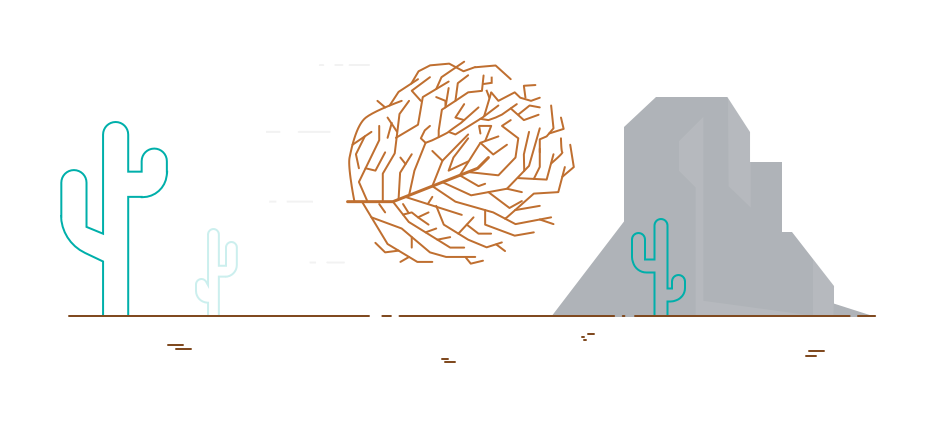June: 4 incredible releases on Netflix
In June we can look forward to the last - special - episode of Sense8 and the second season of GLOW and Luke Cage, which is based on the Marvel comics. The series La Balada de Hugo is new.
Globalization doesn’t only change the consumers’ behavior, but it also gives smaller brands the opportunity to expand their business into foreign markets.
Read this article in: Deutsch, English, Español, Português, Русский, العربية, हिन्दी, 中文
Estimated reading time:3minutesGlobalization is changing the business world and companies are not only trying to win new customers in their domestic market, they are targeting the global market but the competition is fierce.
To get in contact with your potential customers, you need to speak their mother tongue. This will increase your chances of selling your product significantly. Therefore, multilingual videos are the perfect marketing tool to reach your customers worldwide.
Before you shoot a video, you’ll normally write a script that includes everything you need to say about your product. You also decide on a location, camera equipment and lighting to achieve the best possible video. After shooting the video, you’ll finalize it using one of the many editing tools on the market. You can save your video directly on alugha or use one of your existing videos on YouTube.
After recording your video in the original language, you’ll need to create a transcript and divide the text into parts of 30 seconds. Afterwards, you translate the text into the desired languages and record the audio tracks. For that, you’ll need a microphone and recording software, e. g. Audacity or Garageband. There is also Adobe Audition and Logic Pro but they aren’t free. The quality of your microphone also affects the quality of your recording. We recommend the Rode NT-USB.
Open your video in the audio recording software and divide the original language track into the 30-second-parts of your transcript so it’s easier to keep everything in sync. After recording your additional audio track you can make some corrections, like cutting out breathing sounds for example. Obviously, you should record in a quiet environment to avoid disturbing sounds on your recording.
Uploading an audio track is a breeze! Create an account on alugha or lo gin with your Google or Facebook account. Once you are logged in, you’ll see the alugha dashboard. If the original video is hosted on YouTube, you’ll need to open the publisher and click “publish video”. Insert the video ID in the corresponding field and start the download. As soon as the download is done, you need to save the video and choose a language.

You’ll be redirected to a new page where the metadata like title, description and tags of the video will be filled in automatically. You can make changes if you like, but don’t forget to save them.
If your video is on your computer, the process is almost the same. You’ll need to upload the video, choose a language and enter the metadata like title, description and tags.
To add an audio track in another language, you need to click on the “add” button. If your audio track is on your computer use the search function, if it is on YouTube, you need to insert the video ID.
Now simply enter the metadata of the additional language and if your audio track has the same length as your video, you can just click on the save button.
If your audio tracks are not in sync you can align them with alugha’s video editor. When the audio track matches the audio of the first video, you can save it.
It’s easy to put multilingual videos on your website. Just click on the share symbol and copy the video ID and embed it on your webpage. Sharing your video is done in the same way. You can share them on every popular platform.
With videos on alugha, you’re able to communicate with any customer in any part of the world. Now, you only need to get cracking and convert your videos into multilingual ones. The basic account is free!
Create an account for free and start producing multilingual videos!
Thank you for your time!
Wilgen and the alugha team
#alugha
# everyone‘s language

In June we can look forward to the last - special - episode of Sense8 and the second season of GLOW and Luke Cage, which is based on the Marvel comics. The series La Balada de Hugo is new.
The basic concept of communication is getting a message from the sender to the recipient. But how does this work in a globalized world? How can a message be understood by everyone if there are over 7,000 languages and dialects in this world?